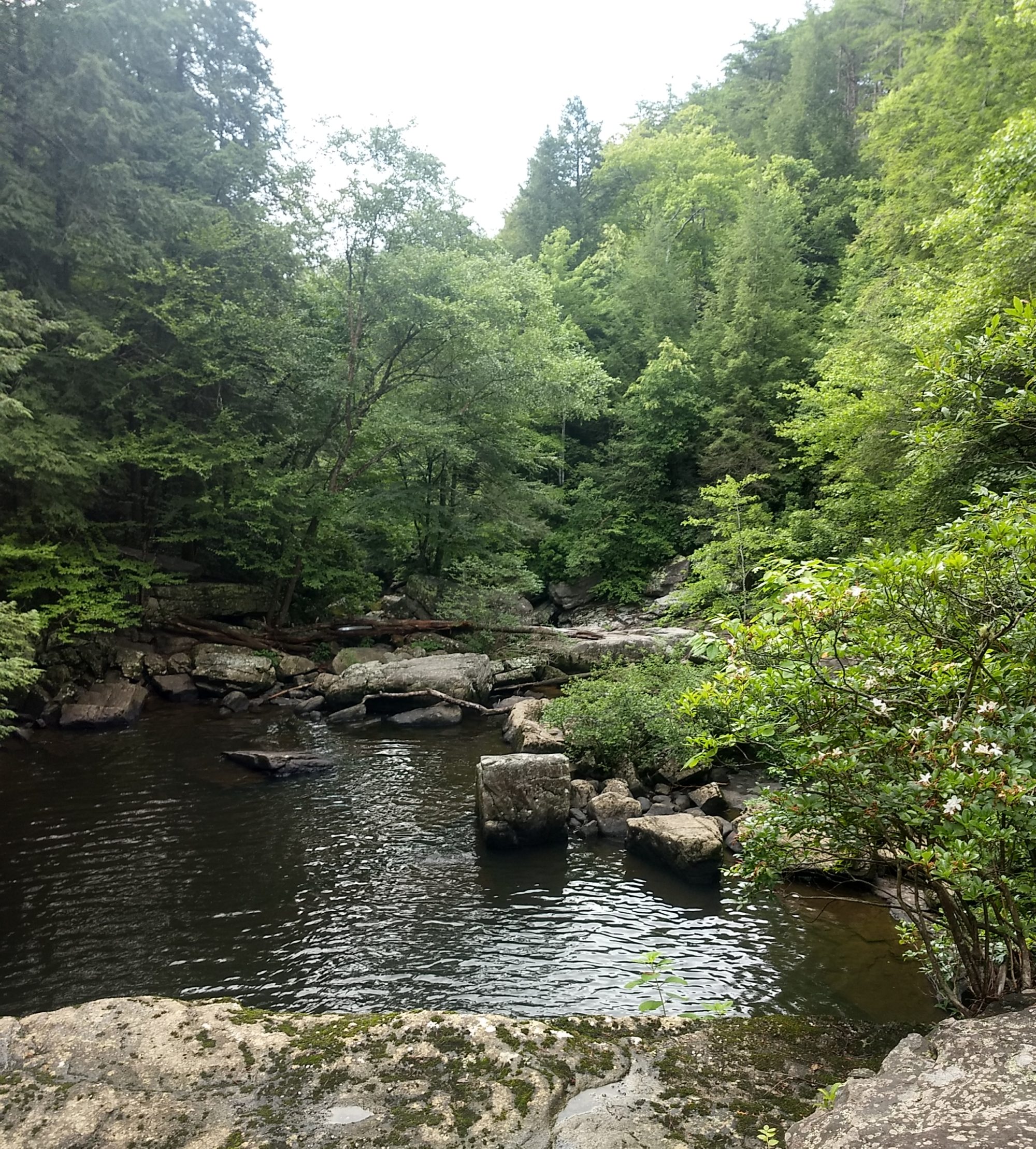From the Cotton Patch
by Someone’s Grandma
We awoke early, had a good hot breakfast of biscuits, butter, sausage, eggs, gravy, and jelly, all of which were homemade or home processed. There was also good, fresh, wholesome milk to drink. The biscuits and gravy contained flour and a few other ingredients that were “store-bought”, but everything else was made from things grown or raised on Granddad’s and Granny’s farm. I *could* have milked the cow, churned the butter, gathered the eggs, picked some of the fruit (apple, grapes, cherries, blackberries or strawberries) for the jelly, turned the sausage grinder by hand and stuffed the sausage into a “stocking” cover. I *may* have washed and peeled fruit washed the canning jars with water that was drawn out of a deep well with a contraption called a windlass. (A windlass was a big cylindrical wooden drum with a handle). A rope, attached to the windlass, went up and through a pulley in the ceiling of the well-house and down into the well. When a bucket attached to the rope filled up with water, the windlass was turned by hand to bring the fresh cool water up out of the well. It took a lot of buckets of water to make sure the jars were clean and rinsed, but the windlass was fun to let go flying round and round as the bucket fell into the water. The flying handle could be treacherous if you got in its way, but we all learned that scientific fact rather quickly! …But, back to my story…
After breakfast, the adults busied themselves with various chores, while we younger ones watched the sun creep up over the treetops, revealing a very beautiful dew-drenched earth. It was rather cool and damp out on the front porch as we waited for the signal to load up so we could get to the cotton field for a day of work and fun. We youngn’s each wore a straw hat and a long-sleeved shirt to protect us from the hot sun, and we each had a garden hoe, and some of us may have worn cotton gloves so the hoe handle would be less likely to rub blisters on our hands as we chopped at the weeds in and around the young cotton stalks.
Often there was one last ritual before we climbed into the wagon to head for the field. That was hoe sharpening. One or more of the older folks would take a metal file and sharpen the cutting edges of the hoes. In the process of thinning the cotton stalks and chopping out the weeds, our hoes would often strike rocks. It was kinda neat to us youngsters to see the sparks fly when the metal struck against the rocks, but the veteran cotton choppers knew sharp hoe blades would work faster and more efficiently than ones that had been dulled. Hoe sharpening was essential to getting the job done better and more quickly.
Well, the sun, which was finally up, was causing the dew all around to turn into a vapor and rise into the air. Little low lying patches of fog were just as beautiful as the dew-covered plants. No one needed to tell us how beautiful God made the earth…we not only saw it….we felt it!
At last, it was time to climb into the wagon pulled by a team of mules. We bounced up and down on wooden seats as we were carried along the long country lane edged with sweet-smelling pink hedge roses, and not one of us had a thought about being discontent nor deprived of the luxuries that may have belonged to somebody…somewhere….There were songs waiting to be sung, butterflies waiting to chase, and cool shade trees at the end of the long rows of cotton waiting to be enjoyed by hot, sweaty, tired bodies as they shared a gourd dipper and drank from a cool bucket of water.
This is the first article of a series in an attempt to give the younger generation a glimpse into the past that belonged to and helped to shape the ideals and principles of their grandparents and great-grandparents. Not every one belonging to those generations had the privilege of working in a cotton patch, but they all shared a closeness to nature that has all but been destroyed by our modern lifestyles.

Special thanks to my wonderful mother-in-law, Jo Redding, who agreed to let me share these articles. Thanks to the editors of Redding Magazine for letting me reprint them here. This article was first published in Redding Magazine in 1996.

She has a wonderful way with words for sure 🙂
Nice article! I can picture it all in my head. I’m ready to work in my little garden. I need to sharpen my hoe too!